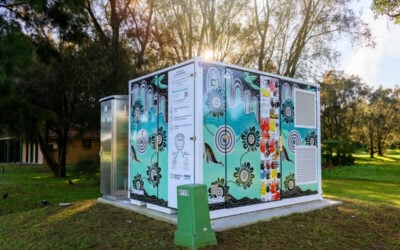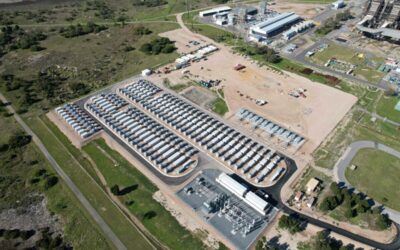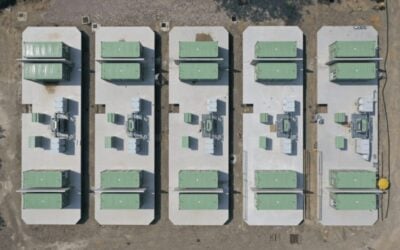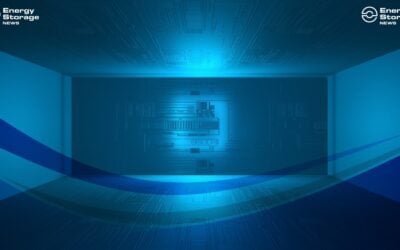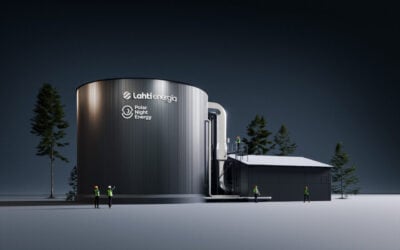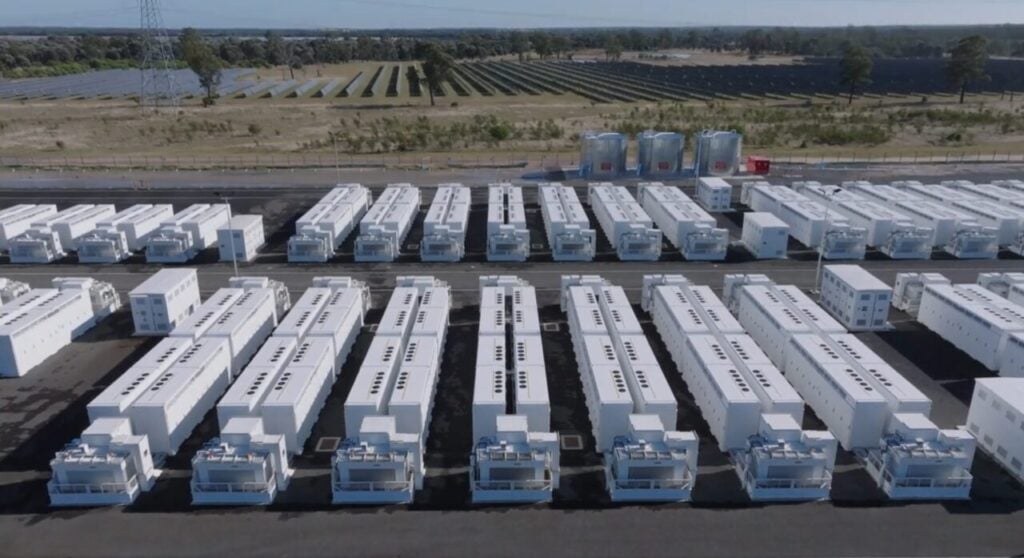
The Australian Energy Market Operator (AEMO) has made grid-forming BESS a priority for the National Electricity Market (NEM) and South West Interconnected System (SWIS) for 2026.
According to the organisation’s Engineering Roadmap – FY2026 priority actions report, many of the priorities for 2026 are centred around harnessing the potential of grid-forming batteries and tapping into consumer energy resources (CERs) such as rooftop solar PV, distributed home battery storage, and electric vehicles (EVs).
AEMO has committed to 29 priority actions across the NEM and the SWIS for the upcoming financial year. One of the group’s primary areas of focus will be understanding future technology capabilities within both markets. This includes a full analysis of fault current contributions from grid-forming BESS.
Another priority area includes transition point planning analysis, including planning for coal retirement, periods of high distributed PV generation, and conditions where the power system is operating with up to 100% renewables.
Try Premium for just $1
- Full premium access for the first month at only $1
- Converts to an annual rate after 30 days unless cancelled
- Cancel anytime during the trial period
Premium Benefits
- Expert industry analysis and interviews
- Digital access to PV Tech Power journal
- Exclusive event discounts
Or get the full Premium subscription right away
Or continue reading this article for free
What makes grid-forming BESS unique?
Grid-forming BESS differs from traditional battery storage systems in its ability to actively stabilise the grid by mimicking the behaviour of synchronous generators.
These systems are designed to support the grid’s operational continuity and ensure uninterrupted power supply, even during grid outages. They often set their own internal voltage waveform reference and can synchronise with the grid or operate independently of other generation sources. This makes them ideal for maintaining system strength in a renewables-dominated grid.
Grid-forming with advanced inverters is a big topic for the Australian battery storage market. The Australian Renewable Energy Agency (ARENA) is providing funding support for a wave of large-scale BESS projects that include smart power electronics equipment, including new builds and retrofitting them to existing projects.
This interest surrounding the technology recently saw Fluence’s Rob Hills, APAC vice president of engineering and commissioning, and Sam Markham, growth manager, Australia and New Zealand, deem the technology a trend in the NEM for the foreseeable future.
Challenges and research into synthetic inertia
Despite the technology’s potential, question marks remain. One of AEMO’s priorities for the next financial year is to investigate the ability of grid-forming BESS to provide synthetic inertial response and thereby displace or reduce requirements for synchronous inertia, which is typically provided by coal, gas, and hydropower plants.
This builds upon previous research into the space AEMO conducted in 2025.
AEMO’s research concluded that further efforts are needed to understand the relationship and interchangeability between synthetic inertia and synchronous inertia and the distinction required between the two types of inertia to operate the power system effectively.
Continuing this research into 2026 will establish a pre-commissioning test plan for grid-forming BESS. This will include creating and trialling a standardised hardware-in-the-loop (HIL) pre-commissioning test procedure to validate grid-forming BESS functionality before grid connection.
Another key area of research for AEMO in the coming year will be how grid-forming BESS could be used to provide protection-quality fault current. AEMO will obtain and analyse fault current data from commissioned grid-forming BESS to better understand their responses during faults.
Several grid-forming BESS are being explored in Australia. For instance, French independent power producer (IPP) Neoen recently announced that its 270MW/540MWh Western Downs stage one, which has grid-forming capabilities, in Queensland, started operations.
Another Neoen-owned grid-forming BESS, the 238.5MW/477MWh Blyth Battery in Western Australia, was commissioned in April 2025.
Transgrid eyes 5GW of grid-forming BESS in New South Wales
Meanwhile, Australian transmission system operator Transgrid has announced that grid-forming BESS and synchronous condensers will form the ‘heartbeat’ of the New South Wales power system, with a view to delivering 5GW by 2032/33.
Detailed in the company’s latest Project Assessment Conclusions Report (PACR), Transgrid assessed over 100 potential solutions to meet system strength requirements, ultimately selecting a portfolio that includes 5GW of grid-forming BESS and 10 synchronous condensers.
Grid-forming BESS is expected to provide nearly half of New South Wales’ system strength needs, delivering the equivalent strength of 17 synchronous condensers. The PACR also highlights the broader implications of these solutions for New South Wales’ energy strategy.
By deploying grid-forming BESS and synchronous condensers, Transgrid aims to alleviate system strength constraints that currently limit the dispatch of renewable energy.
This approach could prove key for enabling the state to achieve its renewable energy targets, including 100% renewables and net zero emissions by 2050.
Furthermore, integrating these technologies will support the development of new renewable energy projects, ensuring that New South Wales can continue to scale up its clean energy capacity without compromising grid stability.
The report also provides a roadmap for how these grid-forming systems can be deployed to address critical challenges in the energy transition, offering valuable insights for developers, investors, and policymakers.
Transgrid’s acting executive general manager of network, Jason Krstanoski, believes the increase in installed grid-forming BESS capacity in New South Wales will support the state as it withdraws coal-fired power.
“The New South Wales grid has traditionally relied upon coal generators to provide system strength as a byproduct of their typical operation.”
“This portfolio of system strength solutions is vital to enable the New South Wales power system to accelerate the transition to 100% instantaneous renewables, unlocking renewable energy generation that would otherwise be constrained.”
As New South Wales continues to lead the way in renewable energy adoption, grid-forming BESS will play an increasingly central role in ensuring a reliable and sustainable electricity network.
Our publisher, Solar Media, will host the Battery Asset Management Summit Australia 2025 on 26-27 August in Sydney. You can get 20% off your ticket using the code ESN20 at checkout.

